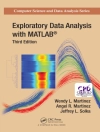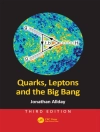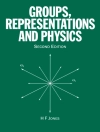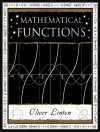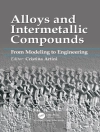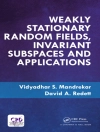In ‘Selected Mathematical Works, ‘ Lewis Carroll, renowned for his whimsical storytelling, unveils a lesser-known facet of his genius: his profound contributions to mathematics. This compilation features illuminating essays and problems that reflect his keen analytical mind and playful spirit. Carroll’s literary style, characterized by clarity and an inviting tone, is evident as he navigates complex mathematical concepts, presenting them with a creativity that resonates with both scholars and enthusiasts. Notably, the work captures the Victorian fascination with logic and abstraction, situating Carroll within the broader context of mathematical discourse of his time. Charles Lutwidge Dodgson, better known as Lewis Carroll, was a mathematician, logician, and author whose dual passions for storytelling and mathematics shaped his literary legacy. Educated at Oxford, he was deeply engaged in the mathematical community and published numerous papers. His ability to translate the intricacies of mathematical thought into engaging prose can be traced to his desire to make these subjects accessible and enjoyable, demonstrating how mathematical realism can coexist with imaginative narrative. ‘Selected Mathematical Works’ is an essential read for anyone intrigued by the intersection of literature and mathematics. It invites readers to appreciate the playful yet rigorous nature of mathematical thought through Carroll’s unique lens. Scholars, educators, and lovers of both disciplines will find profound inspiration within these pages, enhancing their understanding of mathematics as a form of art.
A propos de l’auteur
Lewis Carroll, the pen name of Charles Lutwidge Dodgson (1832-1898), was an English writer, mathematician, logician, Anglican deacon, and photographer. Known predominantly for his literary masterpieces, Carroll is best remembered for ‘Alice’s Adventures in Wonderland’ (1865) and its sequel ‘Through the Looking-Glass’ (1871), which have enshrined themselves in popular culture through their fusion of whimsy, logic, and fantasy. His artistry lies in embedding complex intellectual ideas within simple narrative frameworks, appealing to both children and adults. Carroll’s academic contributions, particularly in the field of mathematics, are often overshadowed by his literary success. As reflected in ‘Selected Mathematical Works’, he was also a distinguished mathematician at Christ Church, Oxford. His works extend to publications in geometry, algebra, and logic – each characterized by the inventiveness and playful nature that also permeated his fiction. Carroll’s literary style is marked by a unique blend of nonsensical elements with sophisticated linguistic puns, mathematical puzzles, and literary acrobatics. This whimsical and often paradoxical approach invites readers to challenge standard perceptions and revel in the powerful synergy between mathematical precision and fantastical imagination. Despite his death over a century ago, Carroll’s influence endures through the ongoing scholarly discourse surrounding his writings, and his legacy continues to captivate the hearts and minds of new generations.


